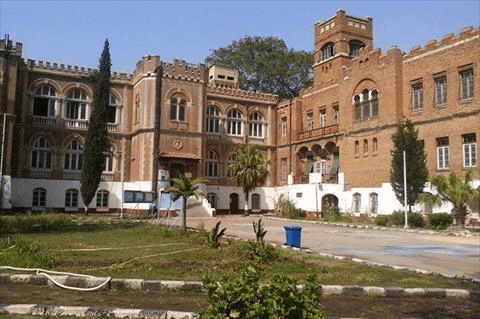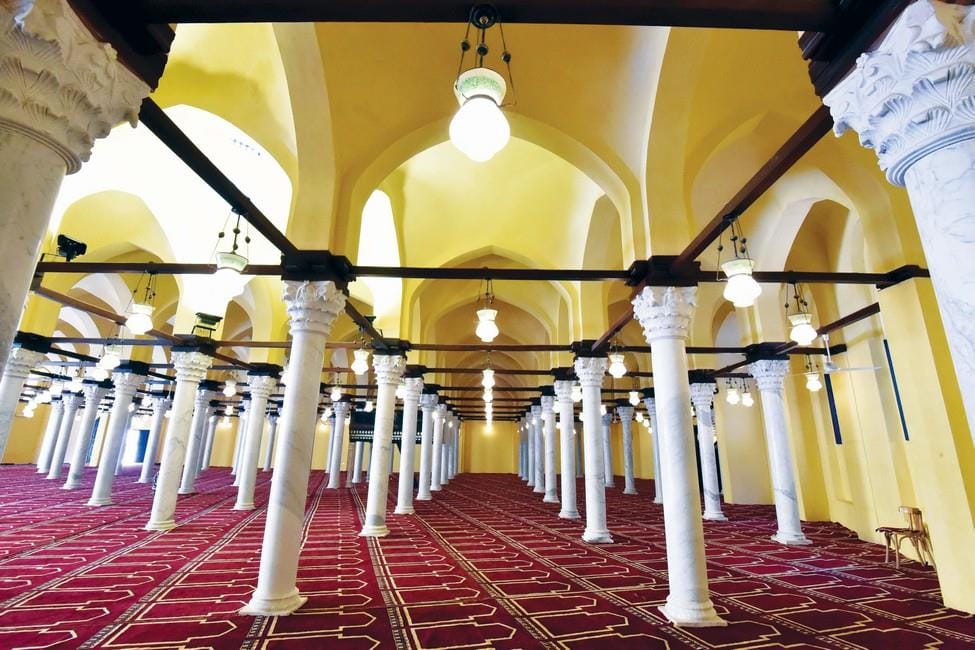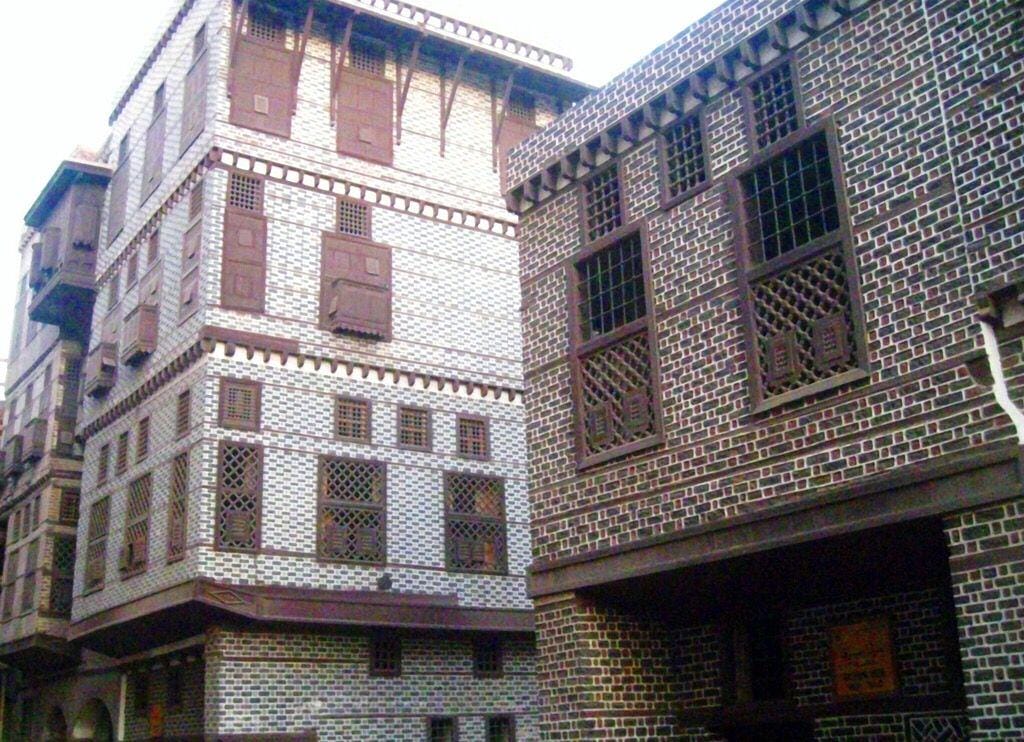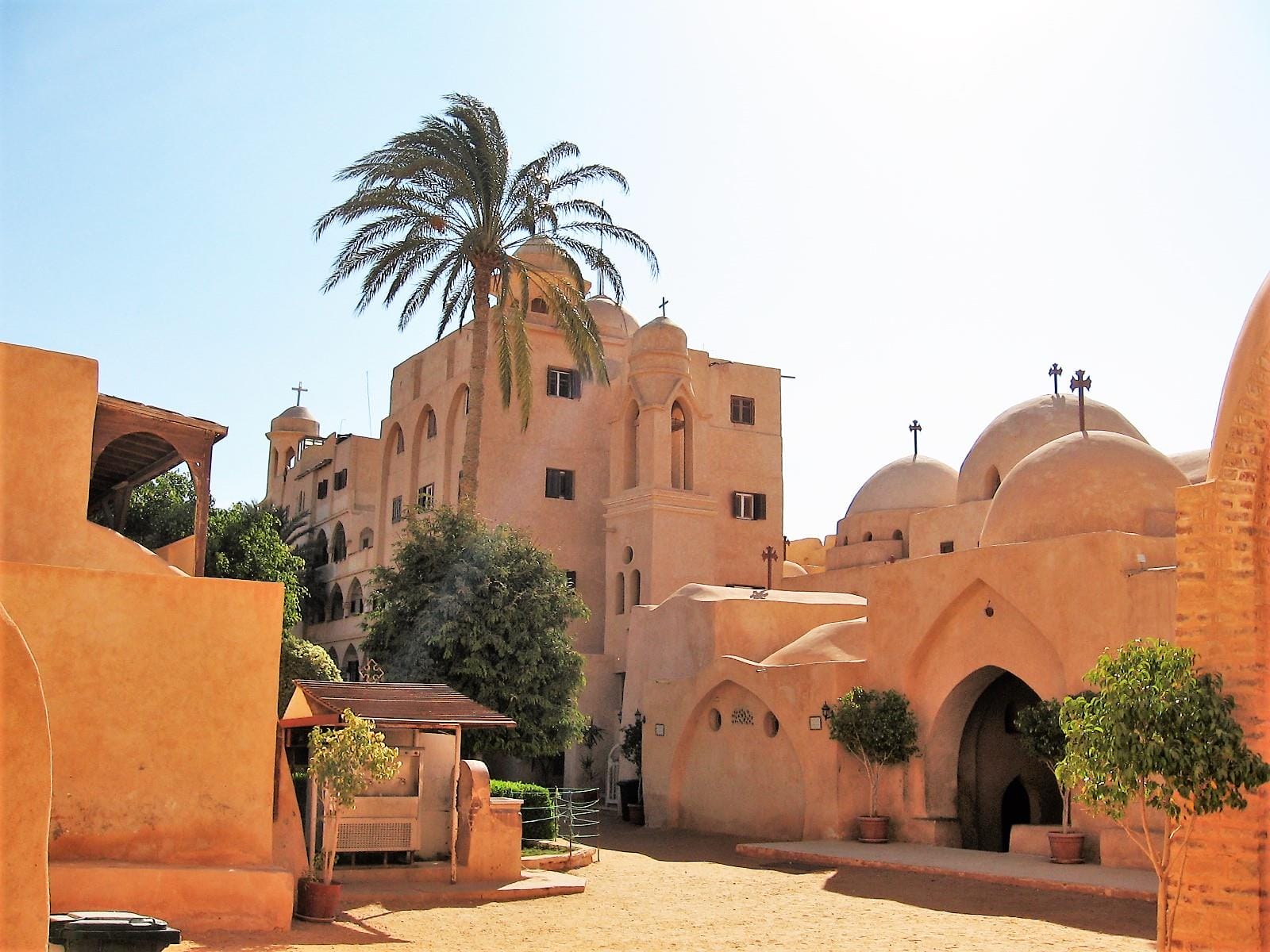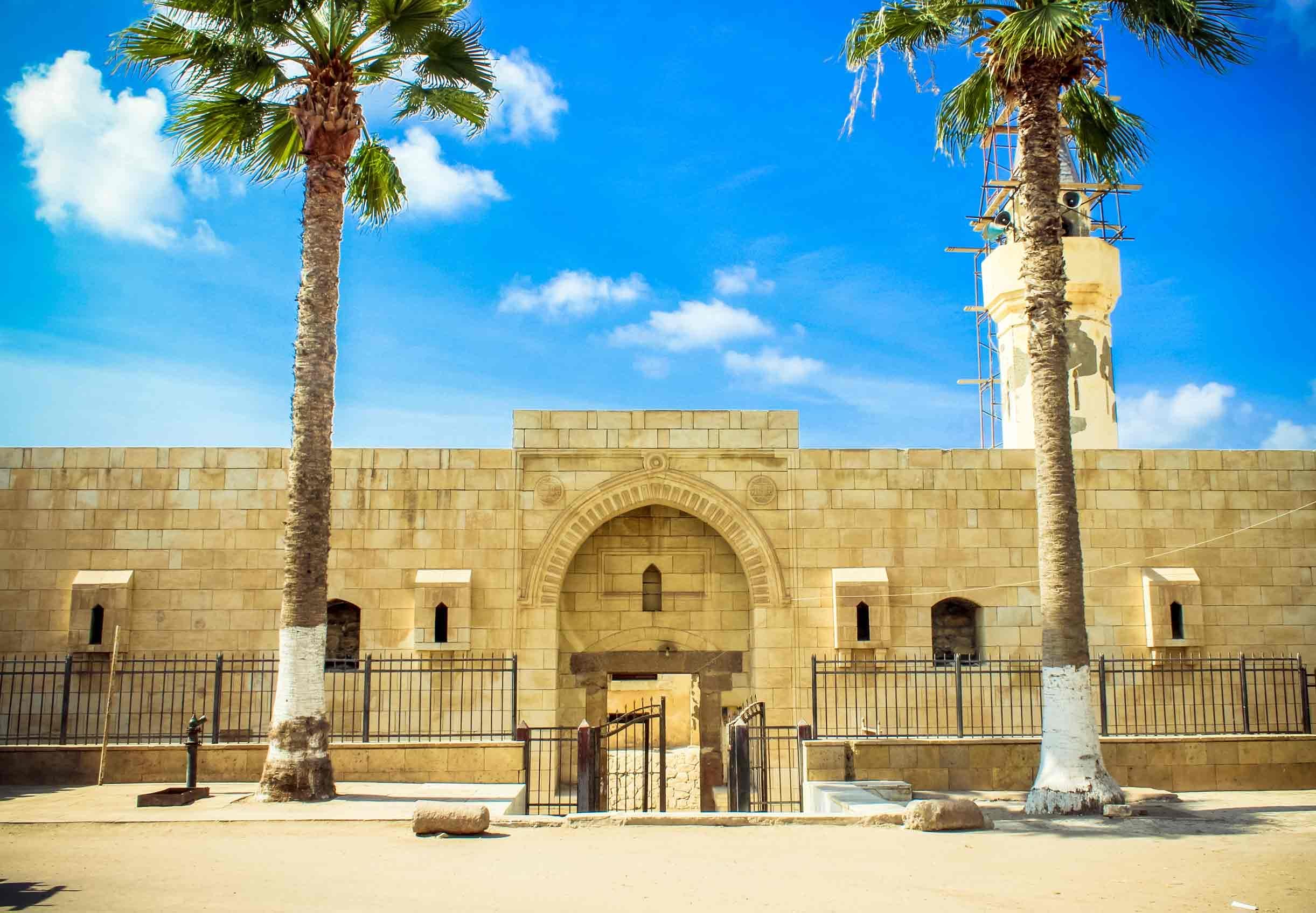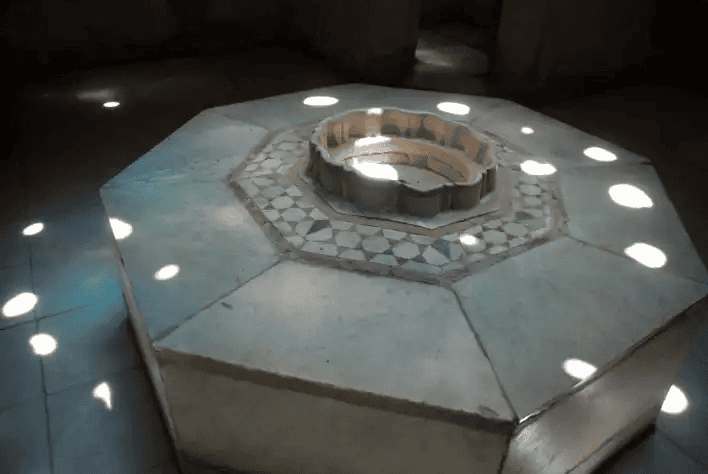Al-Beheira
Is an archaeologically rich governorate in the Nile Delta with cultural and historic significance. Its most famous city, Rosetta (Rashid), is where the Rosetta Stone was discovered. The stone—inscribed with three unmistakable scripts: hieroglyphs, Demotic, and Greek—is the reason we were able to decipher the ancient Egyptian hieroglyphic script. Rosetta has a wealth of Ottoman-era houses, wikalat, and hammams. Al-Beheira is also home to Wadi al-Natrun , a sacred religious site for Christian monasticism and heritage, with monasteries founded in the 4th century that are still active today. It is also one of the many stops on the trail of the Holy Family’s journey to Egypt.
The Zaghlul Mosque
Rosetta’s oldest and biggest mosque, built in the second half of the 16th century. The roof of the mosque is covered with 50 domes, and 300 columns adorn the halls.
The Delta-Style Mansions of Rosetta
22 Ottoman townhouses from the 18th and 19th centuries with distinctive architecture, including white, black, and red polychrome bricks laid out in stripes, and mashrabiyyas (hand carved window screens). The largest and most well-known of these houses is the Hussein Arab Killi House, which is now the Rashid National Museum.
The four remaining monasteries of Wadi al-Natrun
Believed to be the earliest Christian monasteries in the world and one of the main stops on the Holy Family’s journey in Egypt. The origins of the Monastery of St Macarius and of the Monastery of St Bishoy date back to the 4th century, while the Monastery of al-Baramus and the Monastery of the Syrian were founded in the 6th century.
Qayitbay Citadel in Rosetta, Al-Beheira
Completed in 1479 and modeled after the Qayitbay Citadel in Alexandria. This fort was erected to fortify Rosetta from invading naval powers and to protect the city’s port and trade business. When Napoleon’s troops were refortifying the Citadel in 1799, the Rosetta Stone was spotted among the rubble. Climb the fortress walls to catch a beautiful view of where the Nile meets the Mediterranean.
Hammam Azouz
A 17th century bathhouse that has been beautifully restored and stands as a wonderful example of traditional bathhouse design. The interiors are carpeted with marble floors, and fountains adorn some of the rooms.
Abu Shaheen Mill
A reconstructed rotary flourmill on the ground floor of the Abu Shaheen House. Although it is no longer in use, the gears and teeth of the wheels indicate that it would still work perfectly today.
